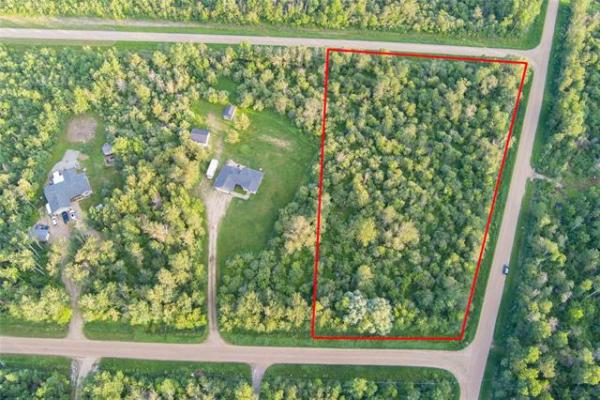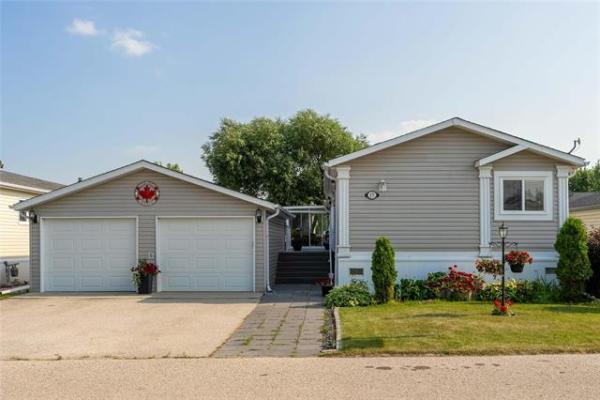-- Bill Silverberg, e-mail
Answer -- As the cool spring weather appears to have finally broken, and the heat of summer appears to be upon us, it is an ideal time to address this question that has been in my archives for some time. The first thing that I would have said is required to address your concerns is the seepage, but you state that it has been corrected. The musty smell you are experiencing is directly related to the dampness in the basement and corrective measures to eliminate this will help get rid of the annoying odours, as well.
Basements are naturally cooler than the upper floors in homes primarily due to two major factors. Firstly, the basement in most homes is cooler than the rest of the home because there is a large area of concrete in the foundation and floor slab that is below grade and has no natural thermal break from the soil surrounding it. The soil is partially frozen in the winter and cooler than the air above in the summer. For this reason, the concrete will always be cooler than the walls & floor in the rest of your home and require more added heat to achieve the same surface temperature. If uninsulated, this bare concrete will always make the basement feel colder than elsewhere. Secondly, in the mostly closed environment in your home, warm air rises and conversely, heavier, cool air settles. Due to this simple principal of physics, it is much easier to heat the upper floors of the home than to the basement with a forced air system. In the summer your basement may feel cool partly because it is damp due to lack of air movement and proper dehumidification. Central air conditioning dehumidifies as it cools, so using your air conditioner as much as possible will help prevent the uncomfortable, clammy feeling in the summer.
If your basement is far cooler than the rest of the home, especially in the summer months, it is likely due to a combination of poor insulation on the foundation and ineffective air movement by the heating system. Since you were not specific in your question, I am assuming that you have forced air natural gas heating, which is in the majority of homes in our area. In the heating season your furnace draws air in through the return air ducting in your home, blows it over the warm heat exchanger, and circulates it through the home via ducts and registers located in various rooms. If the ducts are excessively long, not properly installed or connected, partially blocked, or missing, the system may not effectively heat the affected areas of the home. In many basements, the return air components of the heating system are missing and may have never been installed in the first place. Without return air ducting, air circulation will be less than optimal, which may lead to areas that have minimal heating or cooling. In a basement, ineffective heating can lead to condensation on the cool foundation walls, mould and mildew growth, and musty smells. One solution to both your problems may be to add more heating and return air registers in various locations in the basement to improve air flow. Also, running the furnace fan on continuously low speed will help air circulation in the home in both the heating and cooling seasons.
To directly address your question about the damp, musty smell in the basement, the only ways to minimize that is to reduce moisture in any way possible. The smell often described as "musty" by most people is the smell of mould and mildew. To successfully grow, mould needs two major components, moisture & a cellulose based food source. Most of the raw building materials in homes are cellulose based, so the food is no problem. For that reason, concentrating on reducing the available moisture is the way to go to reduce the damp smells. On top of improvements to the heating system, natural ventilation is very important this time of year. On warm, dry days, opening the basement windows can provide an excellent source of fresh air that will help remove damp air and improve comfort at the same time.
The final item to address is proper insulation in basements. Poorly or improperly insulated foundation walls may lead to considerable condensation behind the insulation. In the winter, this condensation can freeze and lead to considerable frost, which melts and can provide an excellent environment for mould growth due to the lack of air behind the wall to dry the moisture. If you see moisture damage or stains on any portion of the insulated perimeter walls in the basement, particularly the bottom of the sheathing or walls, more remediation is needed. The wall coverings and insulation may have to be removed to inspect the foundation walls & framing behind. This is the most likely area of mould growth and damp smells in insulated basements. If a small amount of mould is seen in the framing or foundation, it may be possible to clean it. If larger amounts are seen or extensive rot in the wooden framing, it must be removed and discarded.
Minimizing areas that trap humid air or provide a cold surface for that air to condense should be eliminated to make a basement dry and mould-free. Eliminating humidifiers, cold storage rooms, heavy carpets, and poorly sealed insulation on foundation walls will all help in this effort. Improvement to heating systems and regular use of central air conditioners will not only be a major step in this direction, but will also make the basement warmer and more comfortable to the occupants.
Ari Marantz is the owner of Trained Eye Home Inspection Ltd. and the president of the Canadian Association of Home & Property Inspectors - Manitoba (www.cahpi.mb.ca). Questions can be e-mailed or sent to: Ask The Inspector, P. O. Box 69021, #110-2025 Corydon Ave., Winnipeg, MB. R3P 2G9. Ari can be reached at (204) 291-5358 or check out his website at www.trainedeye.ca.



